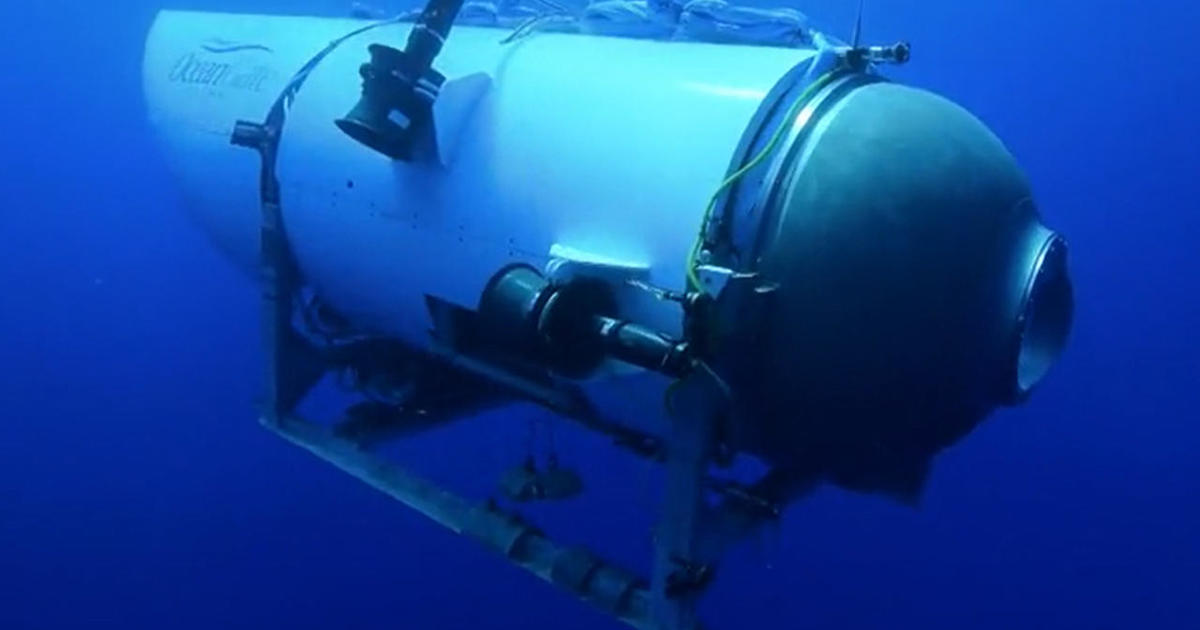Something creepy about trusting an o ring in that situation. Wow.
@Lorenzoid explained the viewport design but remember that O-rings seal all the penetrators and main hatch. The main hatch is pressure-seated but is unlikely to form a reliable metal-metal seat unless thick and conical like most of the extremely deep submersibles — as-in 6,000m/20,000'+.
The electrical penetrators are not pressure seated (in terms of O-ring design) and depend on a piston or face seal secured by threads. I have seen very large high-pin pressure-seated connectors with a bolt-flange arrangement but not for decades.





